|
Classic design features have been reinterpreted and brought into the digital age. “Less is more applies here too,” explains Ivo van Hulten, Director Interior Design Style Porsche at Porsche AG. “The Taycan interior combines design elements typical for the brand with a new type of user experience, and impresses with its simple elegance.” Porsche will present the Taycan to a worldwide audience in September 2019. Typical Porsche: a dashboard designed for drivers and a sporty seating position The original 911's cleanly styled dashboard from 1963 was the inspiration. The stated goal was to bring it into the present day. The cockpit signals the start of a new era with its clear structure and a completely new construction. It is clearly driver-focused. The instrument panel has a clean, minimalist and ultra-modern design, and operating the controls is quick and free from distractions. The free-standing, curved instrument cluster forms the highest point on the dashboard. It is clearly focused towards the driver and ensures that everything that's needed for driving is in view. The innovative instrument cluster consists of a curved 16.8-inch screen with the rounded look that's typical of Porsche. A cowl has been omitted, which ensures a slim and modern appearance in the style of high-quality smartphones and tablets. Real glass and a vapour-deposited, polarising filter give anti-reflective properties. Drivers can choose between four display modes for the instrument cluster:
The steering wheel has a light appearance, with two models to choose from. In addition to the basic version, which can be customised with coloured inserts as part of the accent package, Porsche also offers a GT sports steering wheel option. It has a distinctive design with visible screw heads and features a typical Porsche round mode switch which can be used to select the various driving modes. The upper and lower sections of the dashboard stretch across the entire width of the vehicle in the shape of a wing. A central 10.9-inch infotainment display and an optional passenger display are combined to form an integrated glass band in a black-panel look, thereby blending in visually with the interior. All user interfaces have been completely re-designed for the Taycan. The number of traditional hardware controls, such as switches and buttons, have been greatly reduced. Instead, control is intelligent and intuitive – via touch operation or a voice control function that responds to the command “Hey Porsche”. All vehicle configurations for the Taycan, such as Porsche Active Stability Management (PASM), can easily be set up on the central screen via direct access. The driver can quickly access all apps via a clearly structured and customisable home screen. Apps include navigation, telephone, media, comfort and Porsche Connect. With optimised voice control, drivers can access the required function even faster. For the first time, front passengers in the Taycan have the option of their own touch display, allowing them to easily alter settings without distracting the driver. The elevated centre console intensifies the feeling of a low seating position, as you would expect from a Porsche. It features a large 8.4-inch touch panel with haptic feedback. This allows the air-conditioning settings to be altered directly. Integrated handwriting recognition also allows quick address inputs. Every detail has been reduced to the essentials. Like the Porsche 918, the Taycan has a compact direction selector switch in the instrument panel instead of the classic selector lever. This gives the centre console a tidy look and creates storage space. A reduction to the essentials and a clear approach are also evident for the air vents. These have been fully modernised and can be operated intuitively. Traditional, mechanically-operated louvres belong to the past, as airflows are now controlled both digitally and fully automatically ("Virtual Airflow Control"). By clicking the Climate menu, it is possible to switch between “Focused” for fast, directional cooling and “Diffused” for draught-free air conditioning. If the optional four-zone automatic climate control system (“Advanced Climate Control”) has been ordered, an additional 5.9-inch touch control panel with haptic feedback allows the system to be operated from the rear seats. A wide range of personalisation options and innovative material concepts The Taycan’s colour and material design allows for individualised equipment, from traditional through to sustainable and modern. There is also the option of classic leather as well as the sustainably tanned Club Leather “OLEA”, which uses olive leaves in the tanning process. The natural quality of the leather is accentuated by means of a special cloud print. A new feature is the fully leather-free interior with state-of-the-art surface textures. “Race-Tex” material is used, a high-quality microfibre material partially consisting of recycled polyester fibres. Its production has 80 percent less CO2 than traditional materials. The floor covering uses the recycled fibre “Econyl®”, which is made from, among other things, recycled fishing nets. The Taycan is available with a wide range of interior and exterior configurations, in both traditional and modern styles. Interior accents and trims underline the attention to detail, while meeting the highest quality standards typical of Porsche in terms of material characteristics and workmanship. Interior colours Black-Lime Beige, Blackberry, Atacama Beige and Meranti Brown are exclusively available for the Taycan. The optional interior accent package also gives customers a choice of special contrasting colour schemes in black matt, dark silver or neodyme, an elegant champagne tone. The doors and centre consoles can be wood trim, matt carbon, embossed aluminium or fabric. In addition to the host of innovations, there is another detail that no Porsche should be without. Similar to the ignition lock on conventional Porsche models, the power button is located on the left behind the steering wheel. The Cayenne Turbo S E-Hybrid and the Cayenne Turbo S E-Hybrid Coupé draw their system output of 500 kW (680 PS; Cayenne Turbo S E-Hybrid: Fuel consumption combined 3.9–3.7 l/100 km, electricity consumption 19.6–18.7 kWh/100 km, CO2 emissions combined 90–85 g/km; Cayenne Turbo S E-Hybrid Coupé: Fuel consumption combined 3.9–3.7 l/100 km, electricity consumption 19.6–18.7 kWh/100 km, CO2 emissions combined 90–85 g/km) from the intelligent interaction of a four-litre V8 engine (404 kW/550 PS) and an electric motor integrated into the eight-speed Tiptronic S transmission (100 kW/136 PS). The maximum system torque of 900 Nm is available from just above idle. Both models accelerate from a standing start to 100 km/h in 3.8 seconds and reach a top speed of 295 km/h. This exceptional performance is matched by a high level of efficiency: the Cayenne Turbo S E-Hybrid and Turbo S E-Hybrid Coupé can drive for up to 40 kilometres with zero local emissions. The average NEDC consumption is 3.9–3.7 l/100 km (fuel) and 19.6–18.7 kWh/100 km (electric). In addition to the two top models, the hybrid range from Porsche now includes the new Cayenne E-Hybrid Coupé with system power of 340 kW (462 PS; Fuel consumption combined 3.2–3.1 l/100 km, electricity consumption 18.7–17.7 kWh/100 km, CO2 emissions combined 75–72 g/km), torque of 700 Nm, and electric range of up to 43 kilometres. The Cayenne E-Hybrid, which now features a gasoline particulate filter, is available to order again. Speeds of up to 135 km/h with just electric power Like all Porsche plug-in hybrids, the new top-of-the-range model in the Cayenne family is also one of the sportiest vehicles in the premium segment – not in spite of its hybrid powertrain but because of it. In the Cayenne Turbo S E-Hybrid models, the electric motor is located between the V8 engine and the eight-speed Tiptronic S transmission. The two motors are interconnected via a separating clutch inside the hybrid module, referred to as the Electric Clutch Actuator (ECA). In E-Power driving mode, the electric motor can, on its own, propel the vehicle up to a maximum speed of 135 km/h. It can also be used in the other modes for an additional power boost. These modes can be selected via the standard Sport Chrono Package (Hybrid Auto, Sport and Sport Plus). Porsche has taken this boost strategy from the 918 Spyder super sports car. The lithium-ion battery is installed underneath the loadspace floor and has a capacity of 14.1 kWh. The high-voltage battery can be fully charged within 2.4 hours with the standard 7.2 kW onboard AC charger when using a 400-volt connection with a 16-amp fuse. The charging process takes six hours from a conventional domestic socket with a rating of 230 volts and 10 amps. Charging can also be scheduled via Porsche Communication Management (PCM) or the Porsche Connect app (for smartphones and Apple® Watch). Roll stabilisation system, air suspension, and ceramic brakes as standard The Cayenne Turbo S E-Hybrid and the Cayenne Turbo S E-Hybrid Coupé come with extensive factory-fitted equipment as standard: features include the Porsche Dynamic Chassis Control (PDCC) electric roll stabilisation system, Porsche Torque Vectoring Plus (PTV Plus) rear-axle differential lock, the Porsche Ceramic Composite Brake (PCCB) high-performance brake system, 21-inch lightweight alloy wheels in Aero design including wheel arch extensions in body colour, Power Steering Plus, and the Sport Chrono Package. The adaptive three-chamber air suspension, including Porsche Active Suspension Management (PASM), ensures a broad spectrum of typical Porsche driving dynamics and a comfortable ride. Up to 22-inch lightweight alloy wheels and rear-axle steering are also available as optional extras. Full connectivity and auxiliary air conditioning as standard All Cayenne models include full connectivity as standard. This enables online navigation with real-time traffic information, smart online voice control, and extensive Porsche Connect services – including searching for public charging stations. Additional options for all Cayenne derivatives when the new model year starts include wireless Apple CarPlay®, new USB-C ports and a smartphone storage tray with inductive charging function. All hybrid models from Porsche have auxiliary air conditioning as standard. This can be remote-controlled directly via the PCM and via the Porsche Connect app, and enables the vehicle to be heated and cooled even when the ignition is not switched on. All Cayenne models feature LED headlights, a cruise control system with speed limiter function, camera-based pedestrian protection and Park Assist at the front and rear – including a rear-view camera system in the Cayenne Coupé. Optional extras include LED matrix beam headlights, a head-up display, Night Vision with thermal imaging camera, and the Porsche InnoDrive digital co-pilot including adaptive cruise control, lane keeping assist, road sign recognition, active lane guidance, junction assistant and emergency braking.
A double debut: Cayenne Coupé as a V6 and V8 hybrid With the Cayenne Coupé, Porsche has added an even sportier variant to its successful SUV line-up. Highlights of the coupé include sharper lines with a unique roof and rear section, an adaptive rear spoiler, a rear seat bench with the characteristics of two individual seats, and two different roof designs: a panoramic fixed glass roof as standard and an optional carbon roof. Like the SUV, the SUV coupé is now available in two different hybrid versions: in combination with the 4.0-litre V8 biturbo engine and with a 3.0-litre V6 turbo engine. The new Cayenne E-Hybrid Coupé has a system output of 340 kW (462 PS) and a system torque of 700 Nm. In conjunction with the standard Sport Chrono Package, it sprints from a standing start to 100 km/h in 5.1 seconds (5.0 seconds with the lightweight sports packages) and has a top speed of 253 km/h. The average consumption according to the New European Driving Cycle (NEDC) is 3.2–3.1 l/100 km (fuel) and 18.7 – 17.7 kWh/100 km (electric). The purely electric range is up to 43 kilometres. All four different hybrid versions of the Cayenne are now available to order. The unveiling of the first Porsche 911 GT3 in March 1999 at the Geneva Motor Show signalled the start of a new era for discerning sports car drivers. Like no other Porsche 911, the GT3 embodies the hallmarks of Porsche Motorsport. Developed by two-time World Rally Champion Walter Röhrl, race engineer Roland Kussmaul and the Porsche Motorsport specialists from Weissach, the Porsche 911 GT3 brought race track agility to the road. Since then, this road-going athlete has become even faster, more precise and more dynamic with every generation — and with a naturally aspirated engine, manual transmission and rear-wheel drive, it remains the most popular Porsche 911 among purists up to the present day. The race versions of the Porsche 911 GT3 have written motorsport history. In addition to countless class wins, the GT3 achieved numerous overall victories in the major endurance races, including the 24 Hours of Spa, the 24 Hours of Daytona and the 24 Hours Nürburgring, which it won seven times starting with the year 2000. It is part of the recipe for success of the Porsche 911 GT3 that the experience and innovations from motorsport are always incorporated into the development of the next road version. It is no wonder that around 80 per cent of all 911 GT3 ever produced are regularly driven on the race track. Successor to the 911 Carrera RS 2.7: the first GT3 made its debut in 1999 Shortly before the start of the new century and featuring advanced racing technology, the Porsche 911 GT3 continued the tradition that had started in the 1970s with the legendary Porsche 911 Carrera RS 2.7. For the first time, the model was not given the designation “RS” for Race Sport, but the name GT3 — a reference to the GT class in which the motorsport versions of the model were to compete. The water-cooled 3.6-litre six-cylinder boxer engine of the new sports car delivered 265 kW (360 PS). Therefore it was hardly a surprise that the Porsche 911 GT3 had already earned its first laurels even before its debut in Geneva: with Walter Röhrl at the wheel, it completed the 20.8 kilometre Nürburgring Nordschleife in less than eight minutes — and in so doing set a new benchmark for road-going sports cars. Such exceptional performance was made possible not just by the race-proven boxer engine, but also thanks to a precisely tuned overall package: the chassis was lowered by around 30 millimetres and the brakes uprated. The six-speed manual transmission originated from the Porsche 911 GT2. The gearbox ratios, axle geometry, anti-roll bars and springs could be adapted depending on the circuit conditions. Lightweight construction came before comfort. A distinctive sign of its motorsport origins was the fixed rear wing of the 911 GT3. As an option, customers were able to order their 911 GT3 as a Clubsport variant, which also included a bolt-in roll cage. The first Porsche 911 GT3 vehicles rolled off the production line in Weissach in May 1999. As a homologation basis for motorsport, the new model also provided the foundation for the successful 911 GT3 Cup and the higher-positioned race versions — the 911 GT3 R and GT3 RSR, which achieved brilliant results in one-make and GT racing in the coming years. New generations in quick succession After the great success of the first 911 GT3, Porsche presented a new evolution stage of the road-going sports car with racing genes every three to four years. In 2003, the power of the boxer engine increased to 280 kW (381 PS) thanks to the use of the VarioCam continuously variable camshaft control system. The GT3 could also now be ordered with the ultra-high-performance Porsche Ceramic Composite Brake (PCCB) system. The next increase in power, to 305 kW (415 PS), followed three years later. For the first time, the Porsche 911 GT3 featured an active suspension with the sporty Porsche Active Suspension Management (PASM). In 2009, the engineers increased the displacement of the six-cylinder boxer engine to 3.8-litres and the power to 320 kW (435 PS). The all new rear wing and full underbody panelling produced such a substantial increase in downforce that this was more than doubled in comparison to its predecessor. On the 50th birthday of the Porsche 911 in 2013, the fifth generation of the 911 GT3 celebrated its world premiere at the Geneva Motor Show. The engine, transmission, body and chassis were completely new. The drivetrain consisted of a 3.8-litre naturally aspirated engine with 350 kW (475 PS), mated for the first time to a Porsche Doppelkupplung (PDK) dual-clutch transmission. Also for the first time, this was complemented by active rear axle steering. By way of introduction, the new 911 GT3 completed the Nürburgring Nordschleife in just 7:25 minutes —more than half a minute faster than the first 911 GT3 on its record lap in 1999.
The latest version of the 911 GT3 was launched in 2017. The focus of development had been on the six-cylinder boxer engine: its displacement increased to 4.0 litres and the power output was 368 kW (500 PS). Porsche also had two treats for purists: on the one hand, a manual six-speed transmission was now available as an alternative to the PDK. On the other, the 911 GT3 could be ordered with a discreet Touring Package, in which the fixed rear wing was replaced by an automatically extending spoiler — pure understatement. And so things come full circle: the designation “Touring Package” was a reference to the more restrained version of the legendary Porsche 911 Carrera RS 2.7 from the 1970s. |
Archives
February 2024
Categories
All
|
Your Porsche SpecialistServing all your Porsche Long Island dealer needs (Nassau & Suffolk), New York City (Queens, Manhattan, Brooklyn, Bronx, Staten Island) & surrounding areas. Our NY Porsche dealership is conveniently located on NY's Long Island Gold Coast in Jericho.
We are an authorized Porsche dealer for your next Porsche 718, Porsche 911, Porsche Taycan, Porsche Panamera, Porsche Cayenne, and Porsche Macan. |
Sam GadkarTop 100 Worldwide - Sales Excellence
Porsche Certified Global Brand Ambassador Porsche Exclusive Manufaktur Partner Cell/Text: 516.476.0167 E-mail: sam@porschegoldcoast.com |
Porsche Gold Coast125 South Service Road
Jericho, NY 11753 Cell/Text: 516.476.0167 Dealer Site: www.porschegoldcoast.com Porsche Roslyn is now Porsche Gold Coast |
Images and photos copyright Porsche Cars North America, Inc., or Porsche Gold Coast
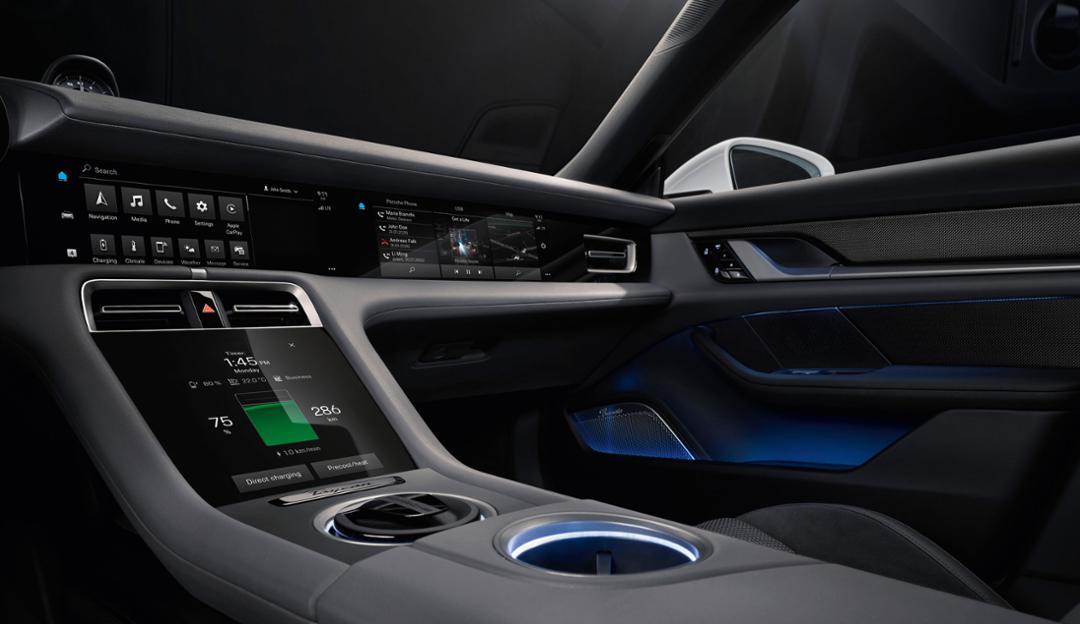
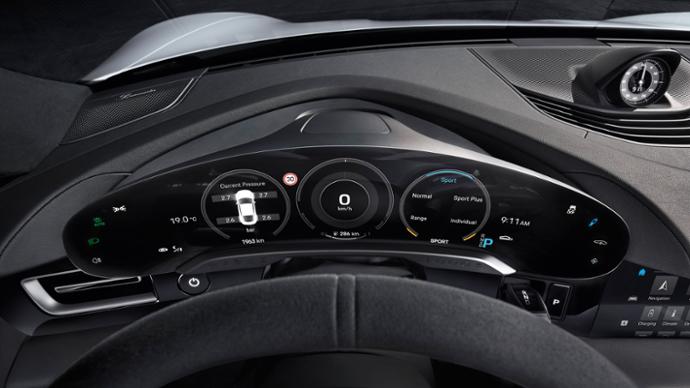
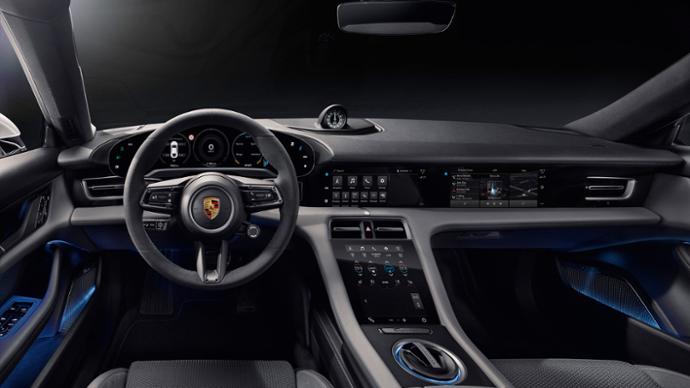
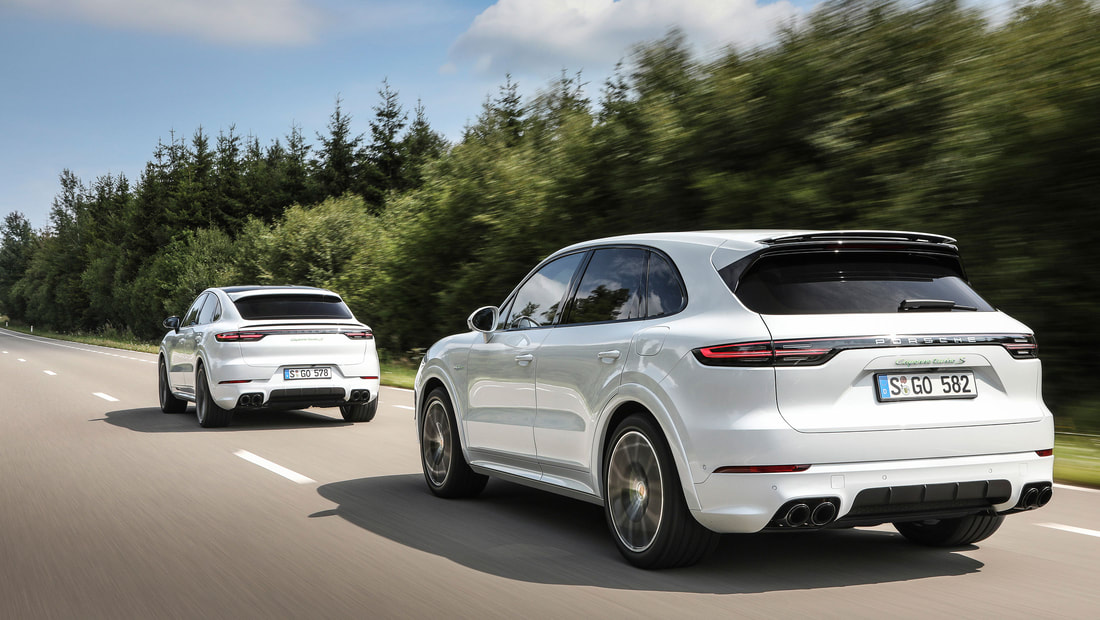
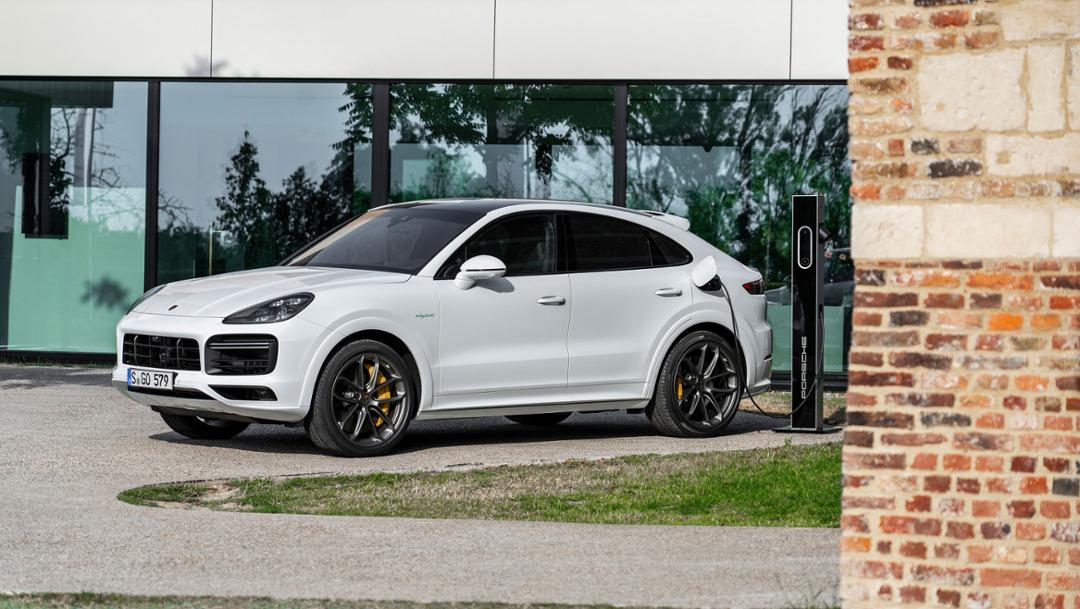
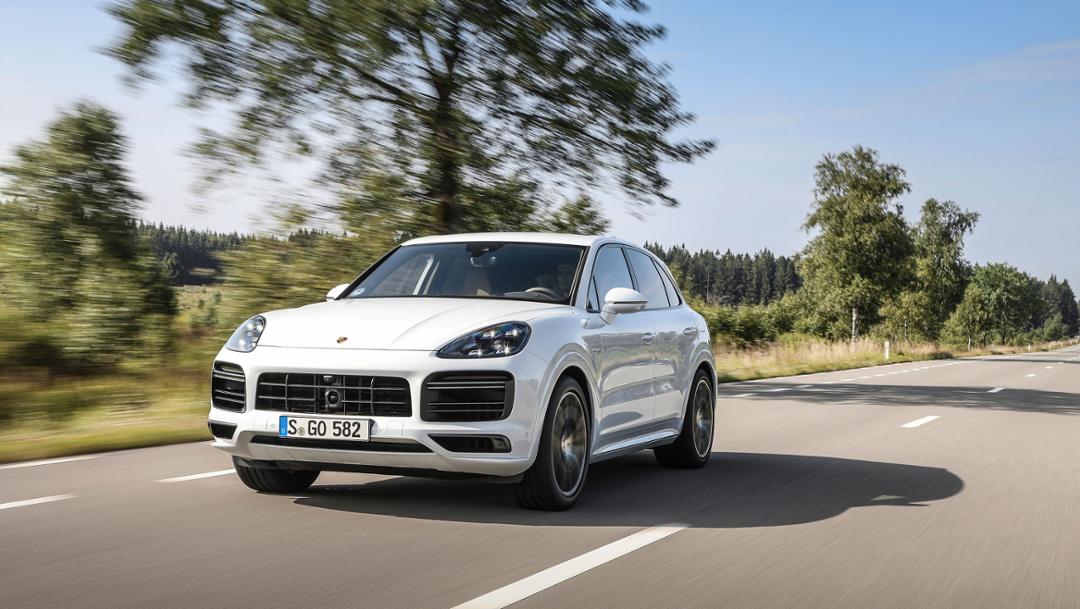
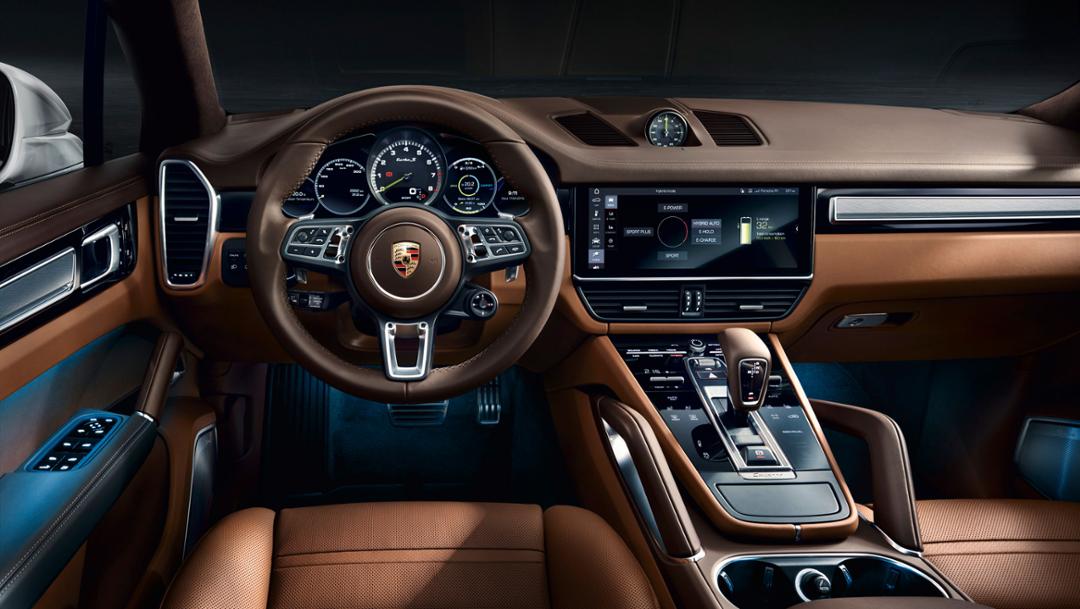
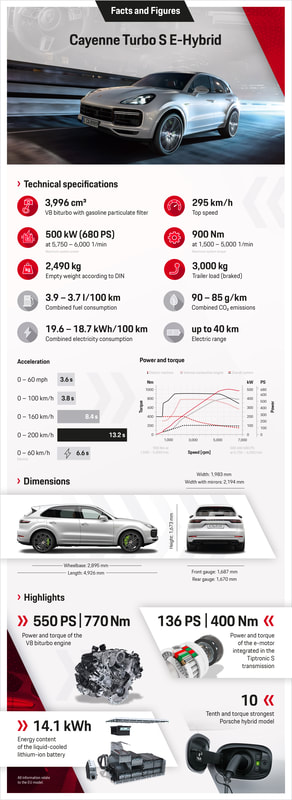
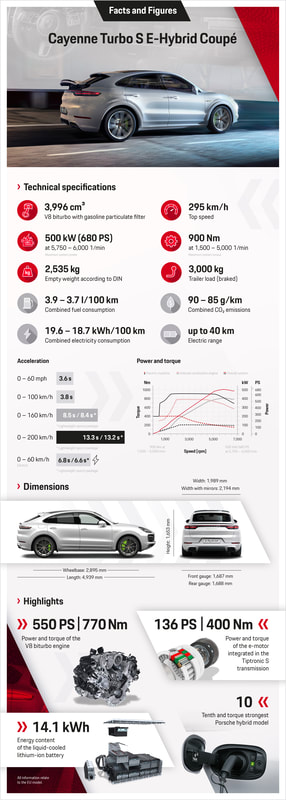
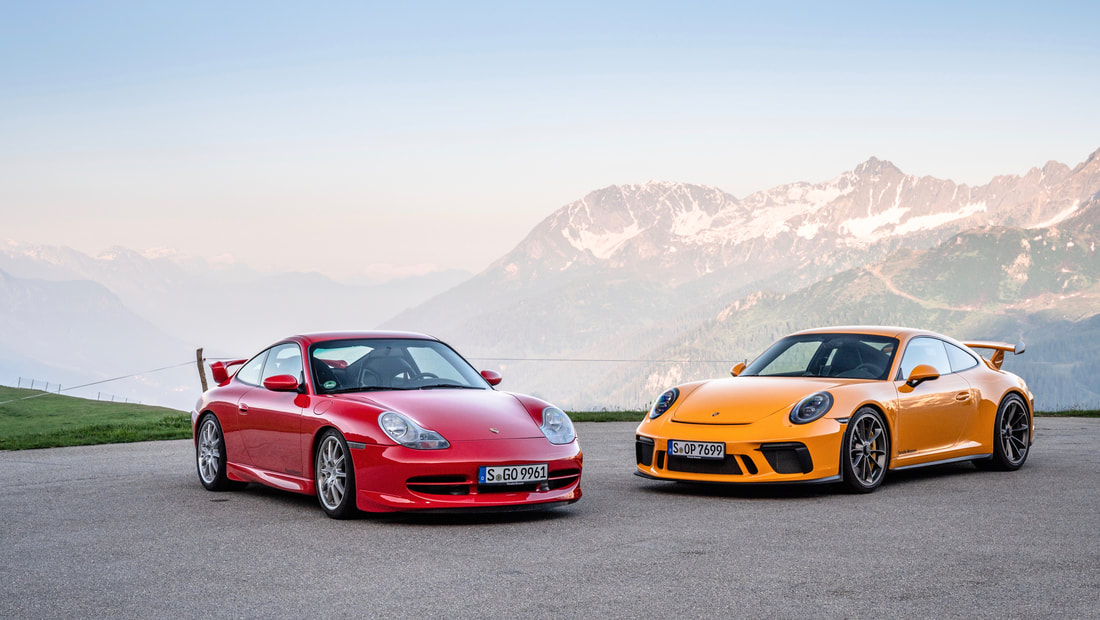
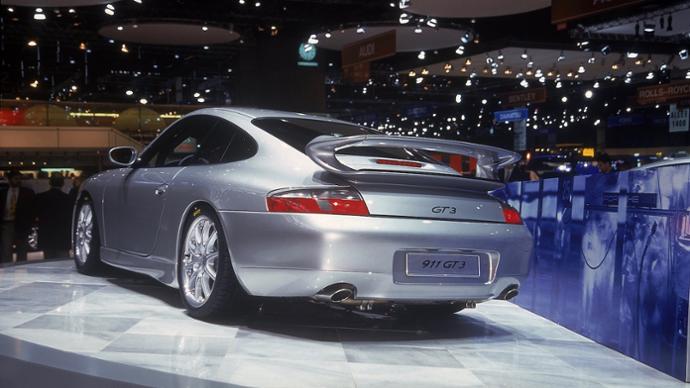
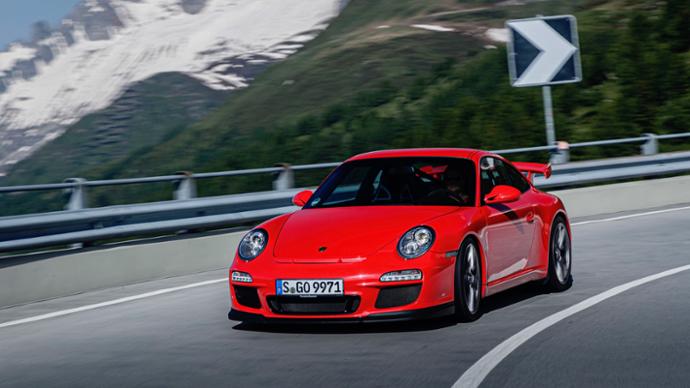

 RSS Feed
RSS Feed